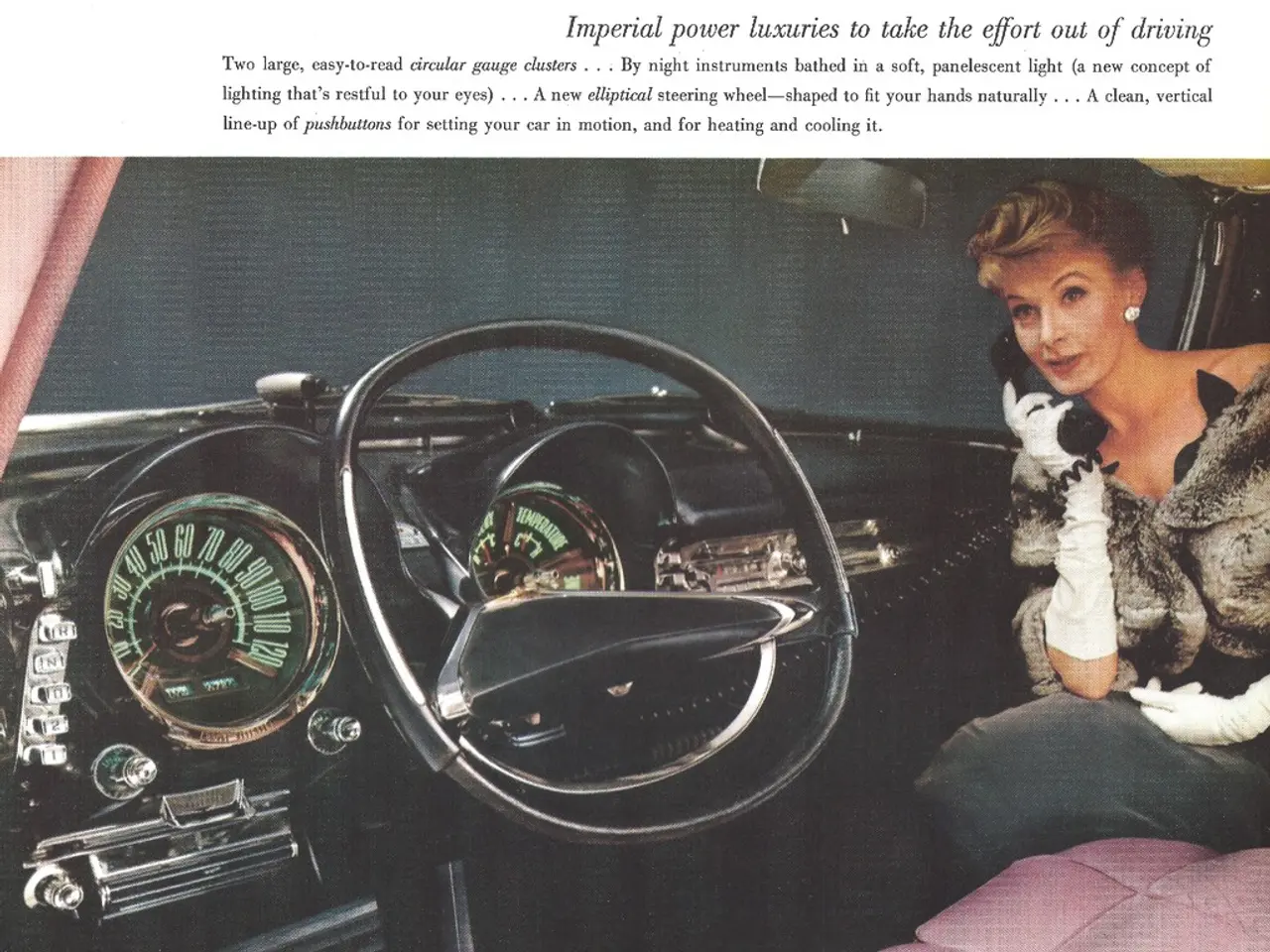What messages deter LGBTQ+ youth from vaping?
The Annenberg School for Communication, a research institution located at the University of Pennsylvania, is currently conducting a study aimed at reducing vaping among LGBTQ+ youth.
According to the research, sexual and gender minority youth are more likely to vape. However, the study has found that there aren't many anti-vaping campaigns designed specifically for this group.
To address this gap, the study is focusing on anti-vaping messages on social media. Researchers are speaking to young Americans about these messages, hoping to gain insights into their effectiveness.
The study also highlights the need for more comprehensive and inclusive public health campaigns addressing smoking and vaping in the LGBTQ+ community. Gaps identified include insufficient discrimination protections in private life and service access for queer individuals, indicating a need for more targeted efforts.
While several LGBTQ+ community organizations have been active in advocacy events supporting queer rights, specific anti-vaping campaigns targeted at LGBTQ+ youth are not explicitly detailed in the available information.
The Annenberg School for Communication's study is an important step towards addressing the lack of anti-vaping campaigns for LGBTQ+ youth and improving public health outcomes for this group.
Read also:
- Understanding Hemorrhagic Gastroenteritis: Key Facts
- Stopping Osteoporosis Treatment: Timeline Considerations
- Tobacco industry's suggested changes on a legislative modification are disregarded by health journalists
- Expanded Community Health Involvement by CK Birla Hospitals, Jaipur, Maintained Through Consistent Outreach Programs Across Rajasthan








